Tswana Traditional Dresses: Celebrating Colors, Patterns, and Designs
Tswana Traditional Dresses: Celebrating Colors, Patterns, and Designs

Introduction
Tswana traditional dresses are not just garments, but a celebration of culture, history, and identity. These dresses hold immense importance in the Tswana community and are cherished for their vibrant colors, intricate patterns, and unique designs.
A. Importance of Tswana traditional dresses
Tswana traditional dresses play a vital role in preserving and promoting the rich cultural heritage of the Tswana people. They are worn during special occasions such as weddings, festivals, and ceremonies, symbolizing unity and pride in their traditions. These dresses also serve as a form of self-expression and a way to connect with their ancestors.
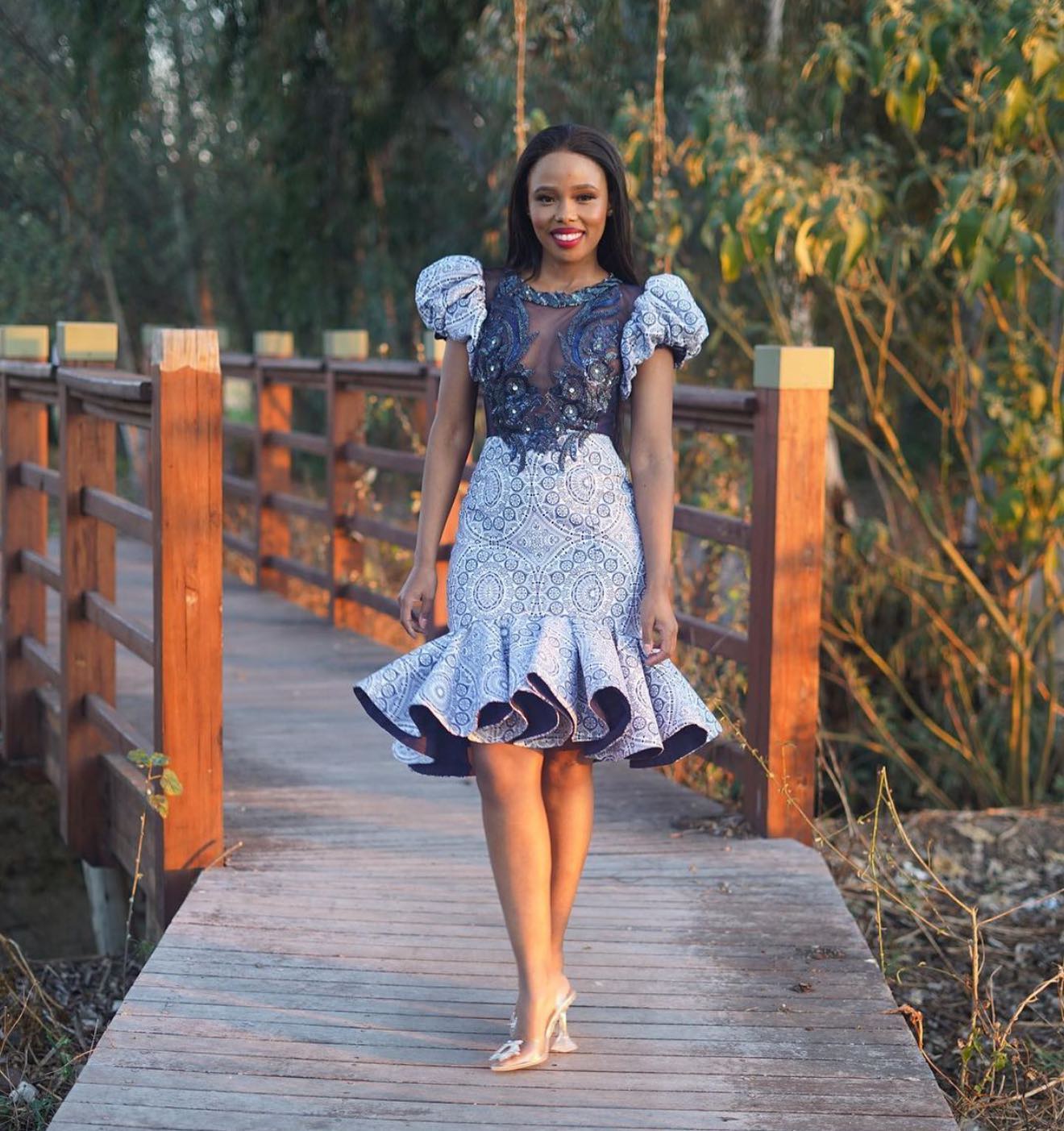

B. Significance of colors, patterns, and designs
Colors, patterns, and designs in Tswana traditional dresses hold deep meanings. Each color represents different aspects of life such as love, fertility, wealth, and spirituality. The intricate patterns tell stories of the community’s history and values. Designs vary based on regions and clans, showcasing the diversity within the Tswana culture.
These traditional dresses not only showcase the beauty of Tswana craftsmanship but also serve as a visual representation of their cultural identity. They are a source of pride for the Tswana people and a way to keep their traditions alive for future generations to appreciate and embrace.
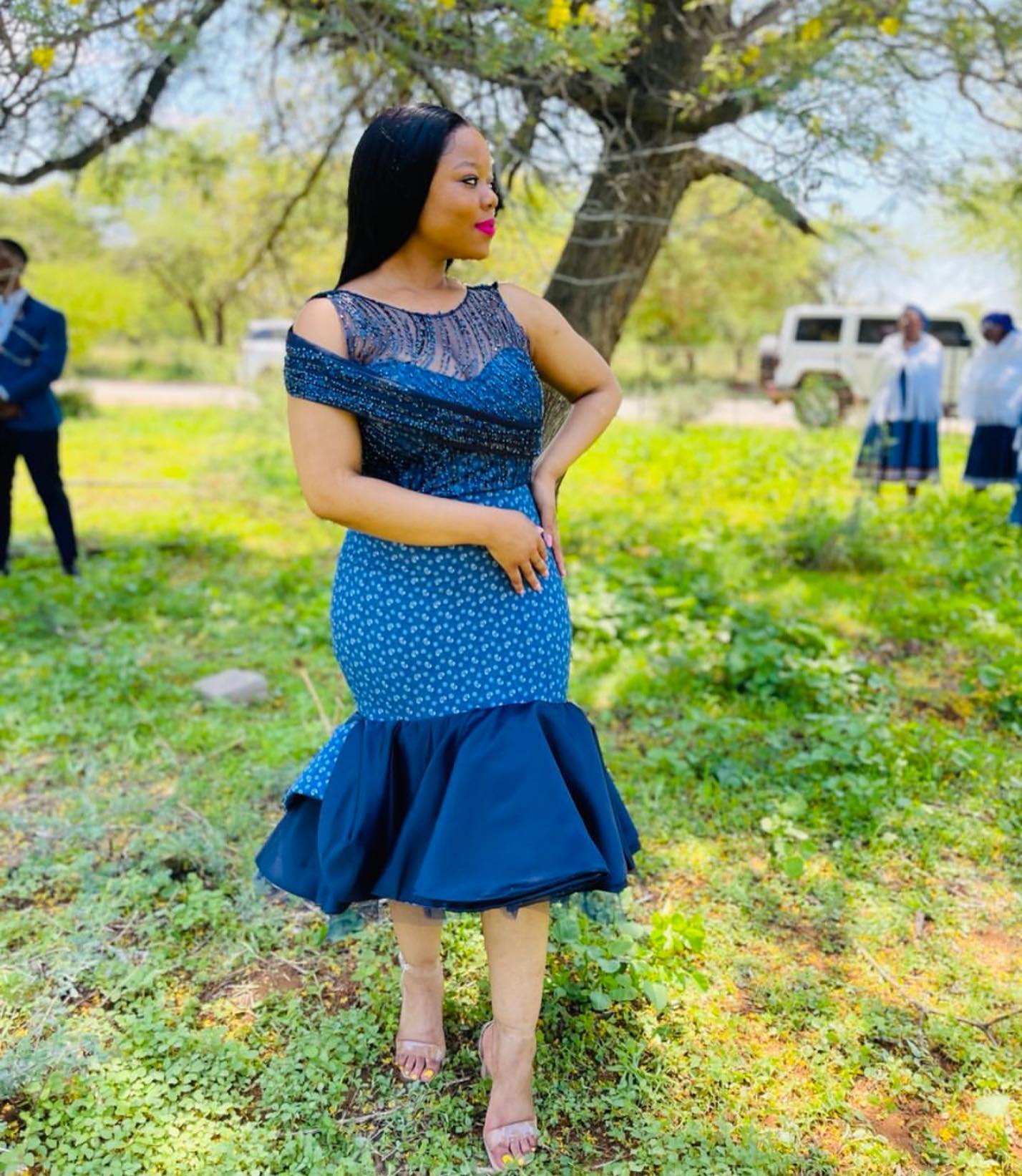
History of Tswana traditional dresses
A. Origins and cultural influences
The Tswana people of Southern Africa have a rich cultural heritage, and their traditional dresses reflect this vibrant history. The origins of Tswana traditional dresses can be traced back to the indigenous clothing styles of the Batswana people. These dresses are influenced by the Tswana culture, which emphasizes community, respect for elders, and a deep connection to nature. The use of bold colors, intricate patterns, and unique designs is a reflection of their cultural identity and pride.
B. Evolution of Tswana dress styles
Over the years, Tswana traditional dresses have evolved to incorporate modern fashion trends while still maintaining their cultural significance. Traditional fabrics like shweshwe and wax prints are commonly used in creating these dresses. The designs have become more diverse, ranging from simple yet elegant styles to elaborate garments adorned with beads and embroidery. Tswana traditional dresses are not only worn for special occasions but also as a way to celebrate and preserve their cultural heritage.
In conclusion, Tswana traditional dresses are more than just garments; they are a symbol of cultural pride and identity. By embracing the colors, patterns, and designs of these dresses, the Tswana people continue to honor their ancestors and keep their traditions


Traditional Tswana dress patterns and designs
A. Meaning and symbolism behind patterns
Tswana traditional dresses are not just garments; they are a reflection of the rich cultural heritage of the Tswana people. The patterns on these dresses hold deep meaning and symbolism. Each pattern tells a story, represents a specific tribe, or signifies an important event or milestone. From geometric shapes to animal motifs, these patterns are a celebration of Tswana history and traditions.
B. Popular traditional designs
Tswana traditional dresses are known for their vibrant colors and intricate designs. Some popular designs include the “Ditlhako” pattern, which features a zigzag design symbolizing the journey of life. The “Mmamontsho” pattern represents fertility and is often worn by married women. Another popular design is the “Morara” pattern, which showcases the beauty of nature with its leaf-like shapes.
These traditional dress designs are not only worn for special occasions but also as a way to proudly display Tswana culture and identity. They serve as a reminder of the rich heritage that has been passed down through generations, and they continue to be cherished and celebrated by the Tswana people today.
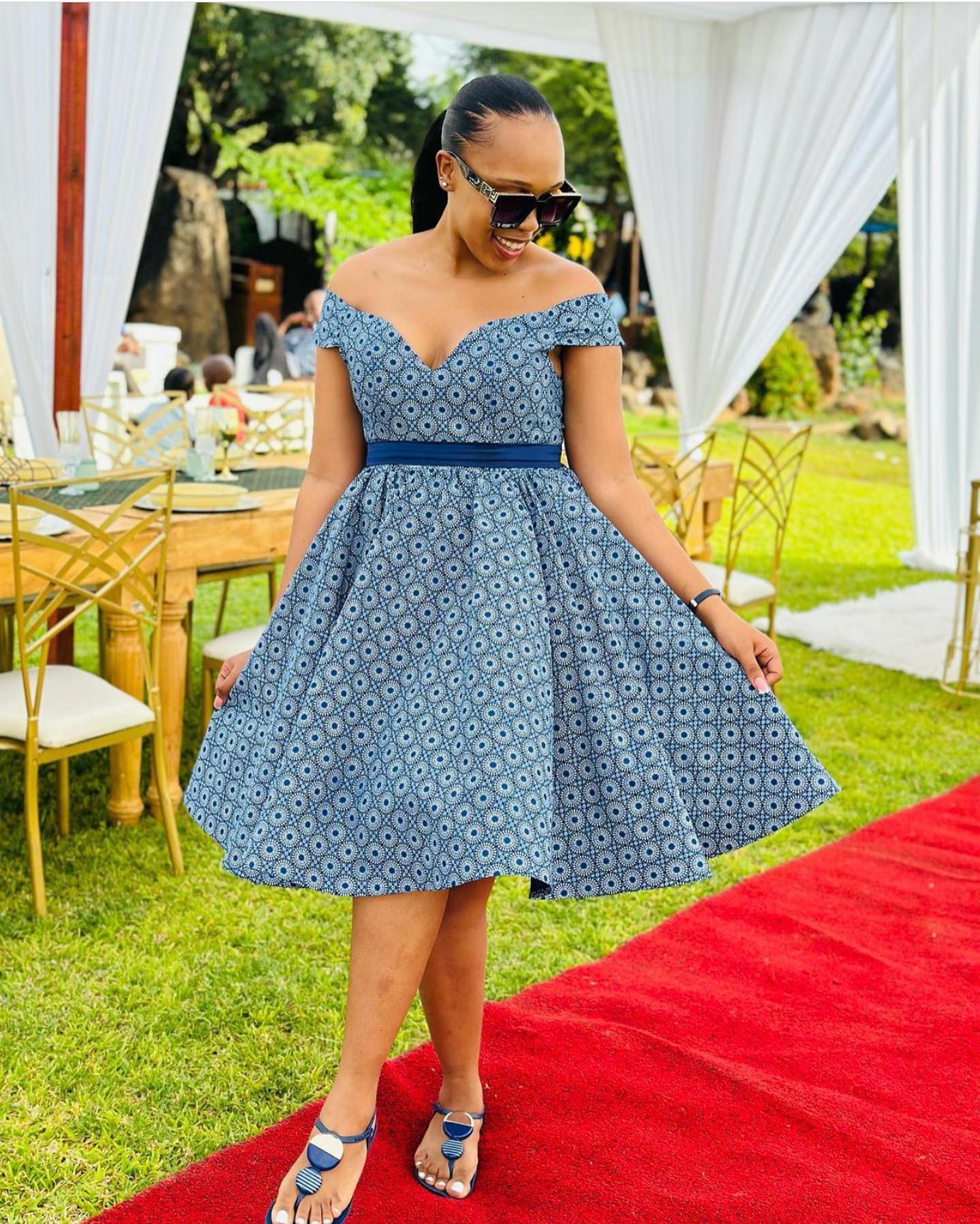

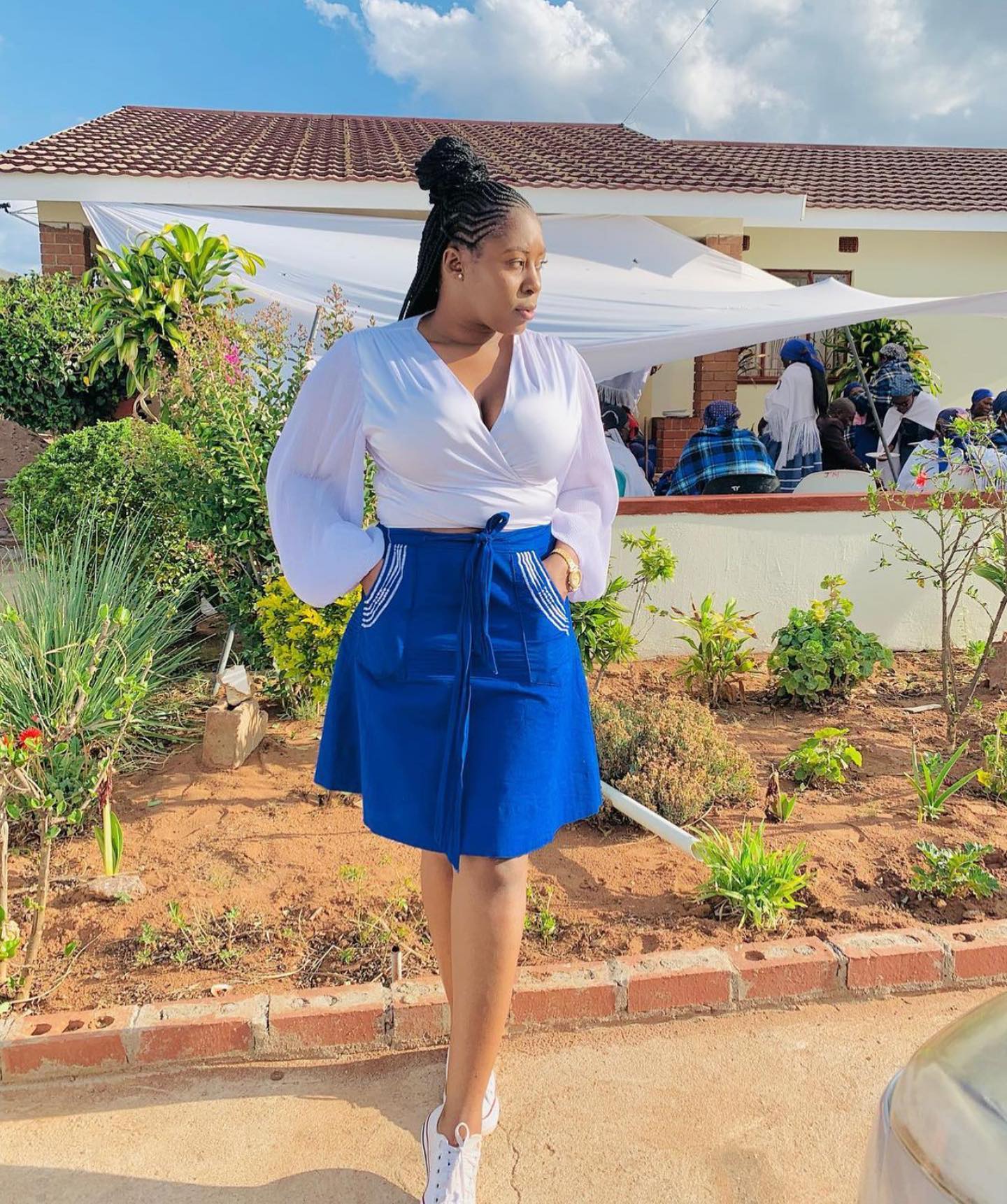
Colors in Tswana traditional dresses
Tswana traditional dresses are known for their vibrant colors, intricate patterns, and unique designs. These dresses play a significant role in the cultural celebrations and ceremonies of the Tswana people. Let’s explore the fascinating world of Tswana traditional dresses and the meaning behind their colors.
A. Traditional color choices and their meanings
In Tswana culture, each color holds a symbolic meaning. For example, red represents love, passion, and power, while blue signifies peace and tranquility. White is associated with purity and spirituality, while yellow represents wealth and prosperity. Green symbolizes fertility and growth, and black is often used to represent strength and authority. By incorporating these colors into their traditional dresses, the Tswana people express their cultural values and beliefs.
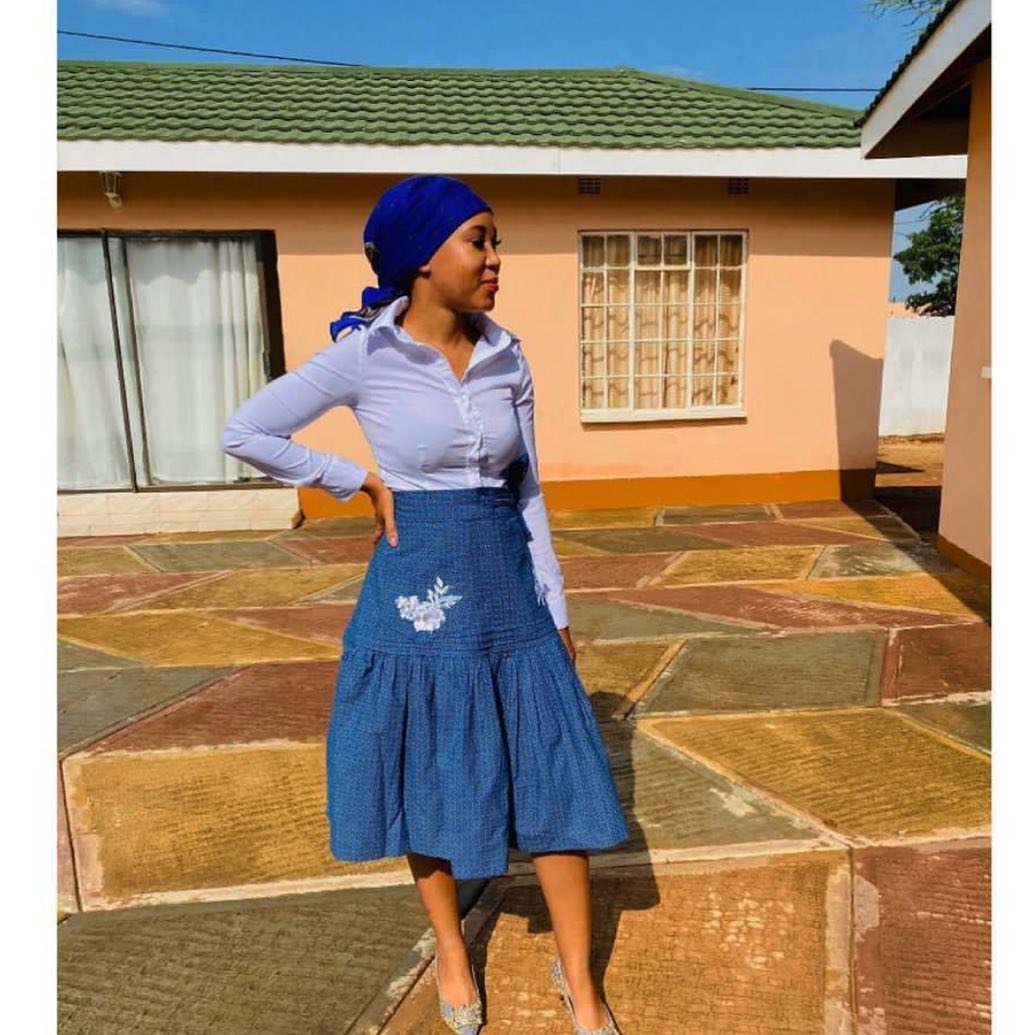
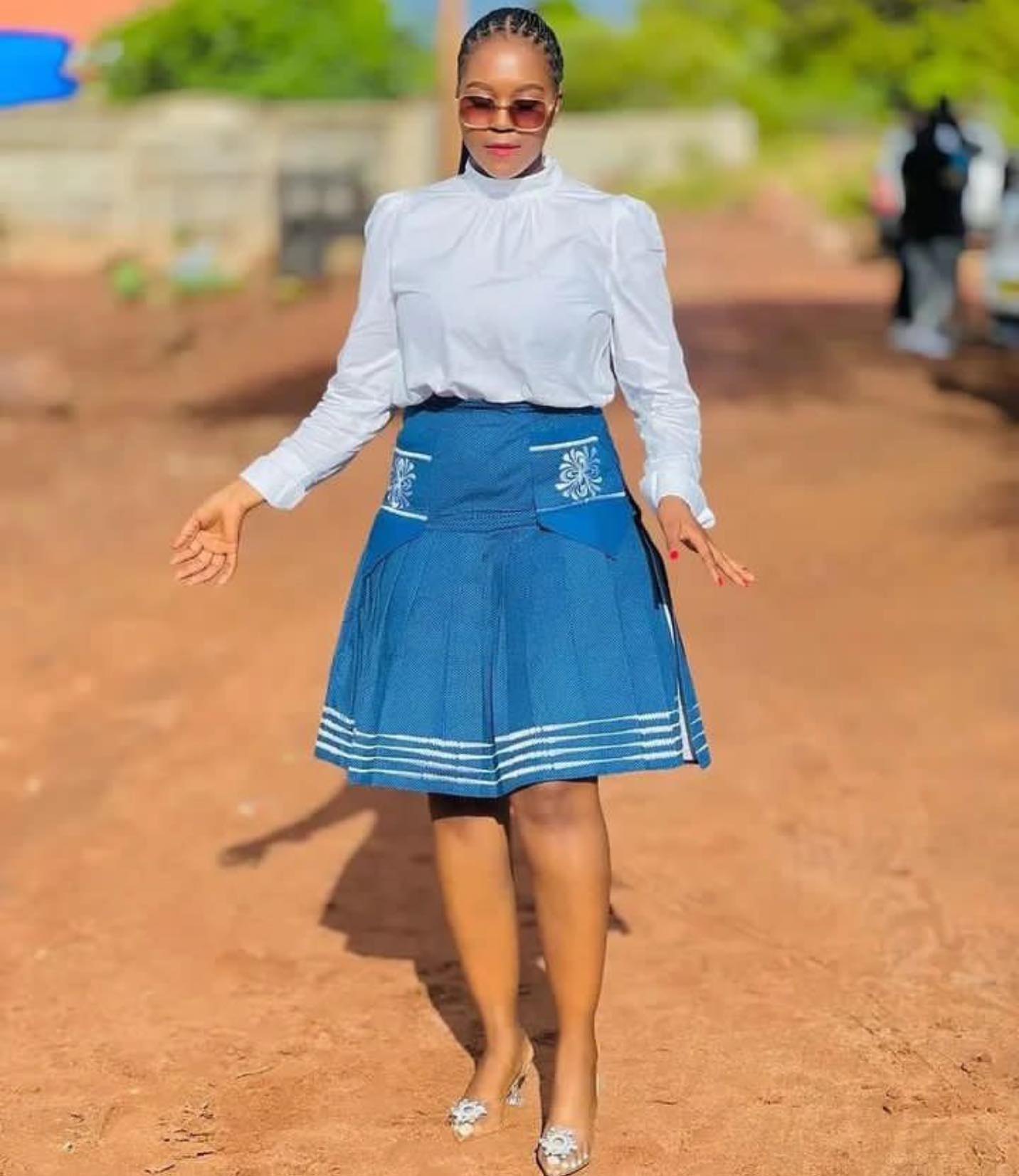
B. Modern interpretations and variations
While traditional Tswana dresses follow a specific color palette, modern interpretations have introduced variations to cater to personal preferences and contemporary fashion trends. Some individuals may choose to incorporate additional colors or experiment with different combinations to create a unique look. This allows for individual expression while still honoring the cultural significance of the traditional dress.
In conclusion, Tswana traditional dresses are a celebration of colors, patterns, and designs that hold deep cultural meaning. Whether following the traditional color choices or embracing modern interpretations, these dresses continue to be an important part of Tswana culture and identity.
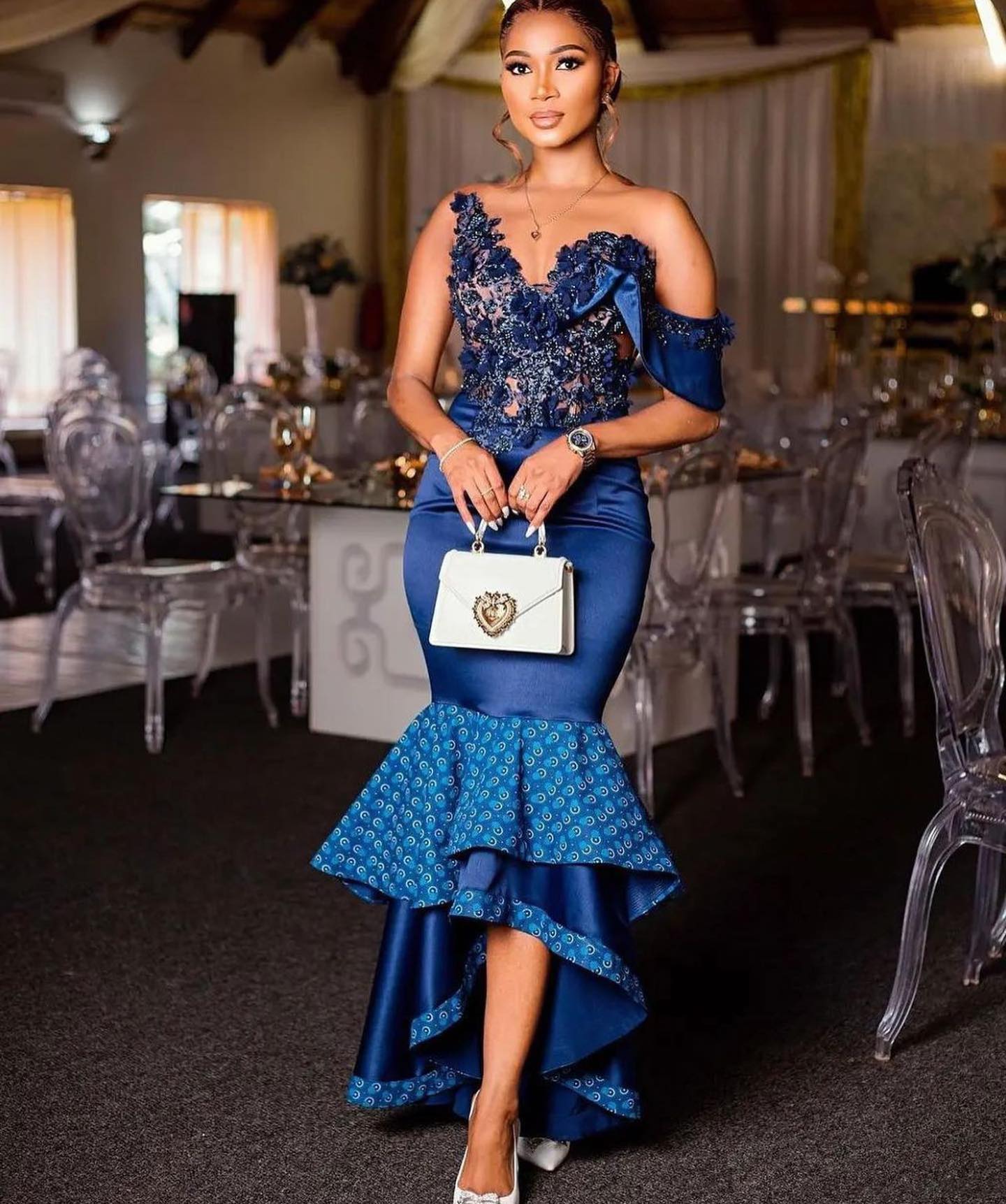
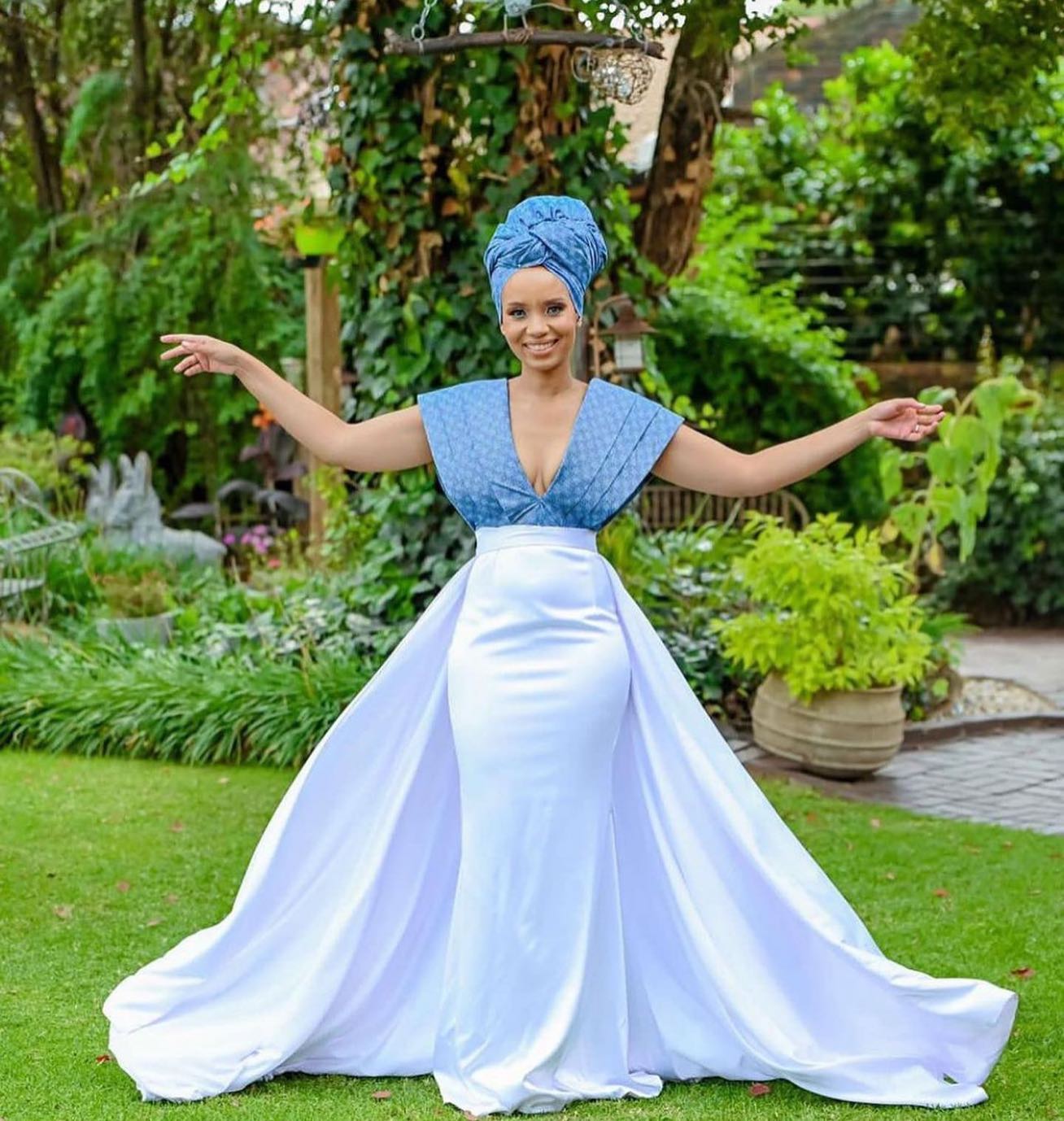
Tswana traditional dress styles
A. Different types of Tswana dresses (e.g., peplum, maxi, wrap)
Tswana traditional dresses are known for their vibrant colors, intricate patterns, and unique designs. There are several types of Tswana dresses that showcase the rich cultural heritage of the Tswana people.
One popular style is the peplum dress, which features a fitted bodice and a flared skirt with a peplum detail around the waist. This style is often worn for special occasions and celebrations.
Another common style is the maxi dress, which is a long flowing gown that exudes elegance and grace. The maxi dress is often adorned with bold prints and bright colors, making it a standout choice for formal events.
The wrap dress is another traditional Tswana dress style that is widely worn. This dress consists of a rectangular piece of fabric that is wrapped around the body and secured at the waist. It can be styled in various ways, allowing for versatility and individual expression.
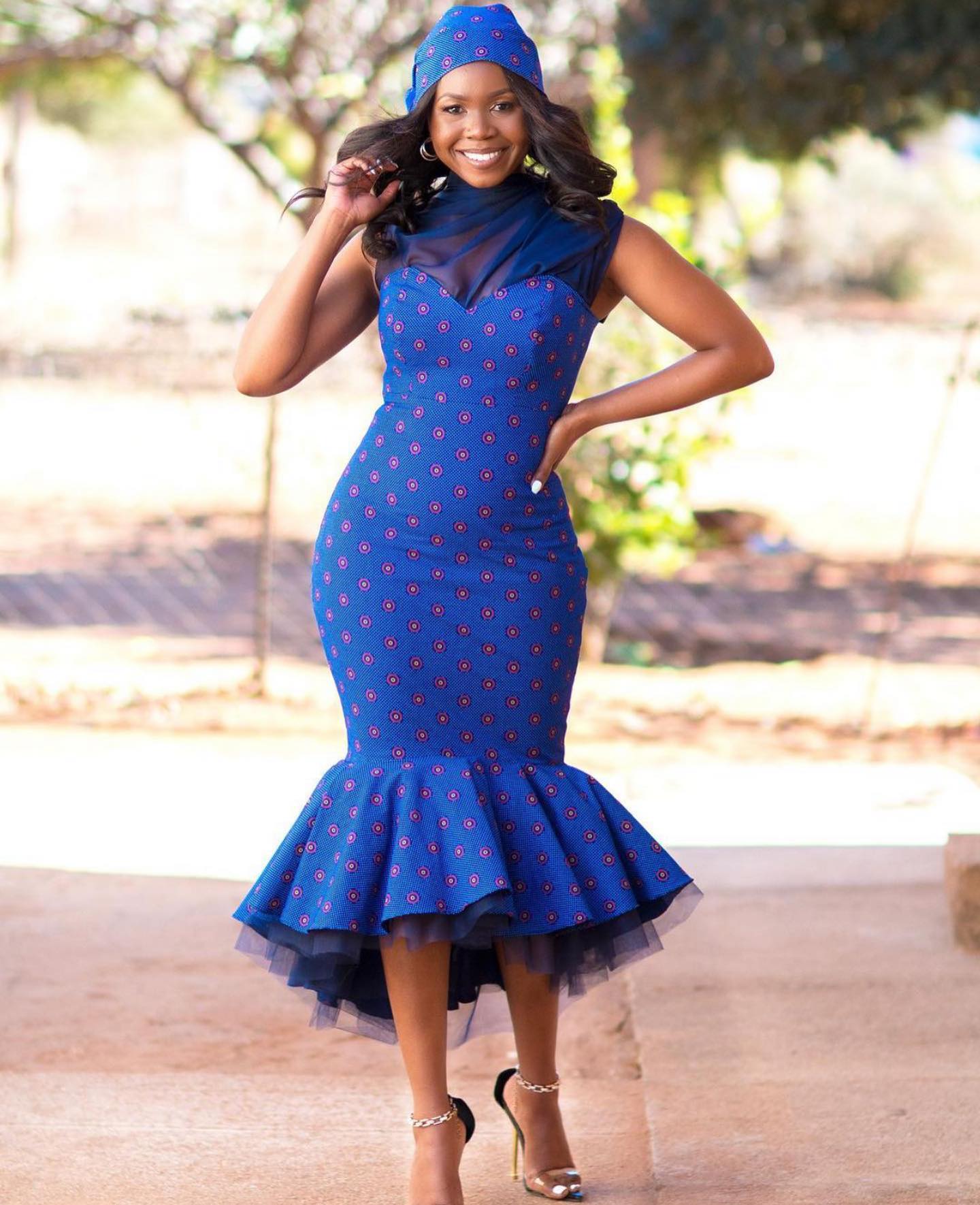
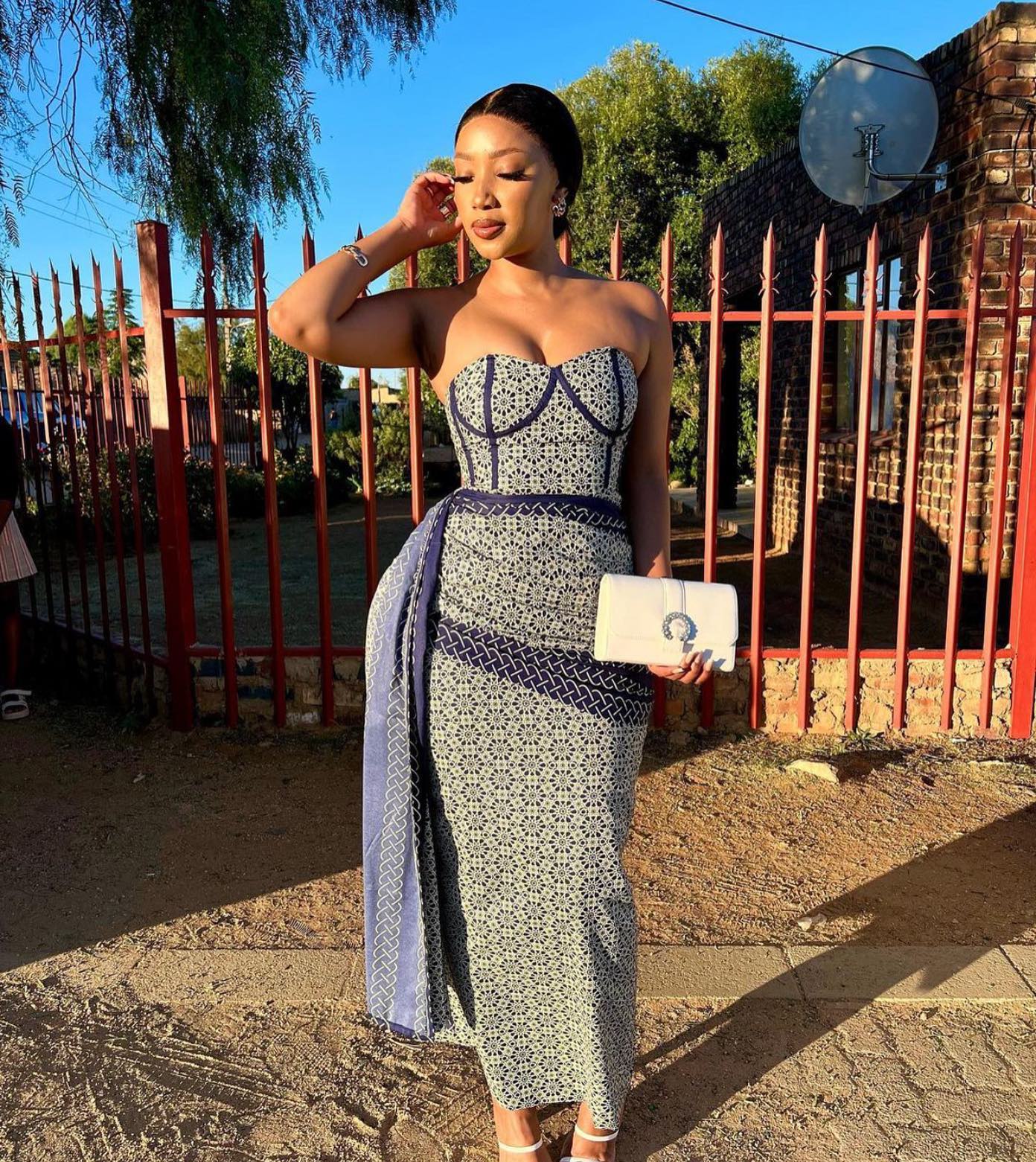
B. Traditional accessories and embellishments
To complete the Tswana traditional look, accessories and embellishments play a significant role. Women often adorn themselves with beaded necklaces, bracelets, and earrings that are intricately crafted with colorful beads.
Headwraps, known as “doeks,” are also commonly worn as a symbol of cultural pride and fashion statement. These headwraps come in various patterns and colors, adding an extra touch of elegance to the overall attire.
Additionally, traditional Tswana dresses may feature embellishments such as embroidery, sequins, or lace detailing. These intricate details enhance the beauty and uniqueness of the dresses, making them true works of art.
In conclusion, Tswana traditional dresses celebrate the vibrant colors, patterns, and designs that are deeply rooted in the Tswana culture. From peplum to maxi dresses and adorned with traditional accessories and embellishments, these dresses are a testament to the rich heritage of the Tswana people.

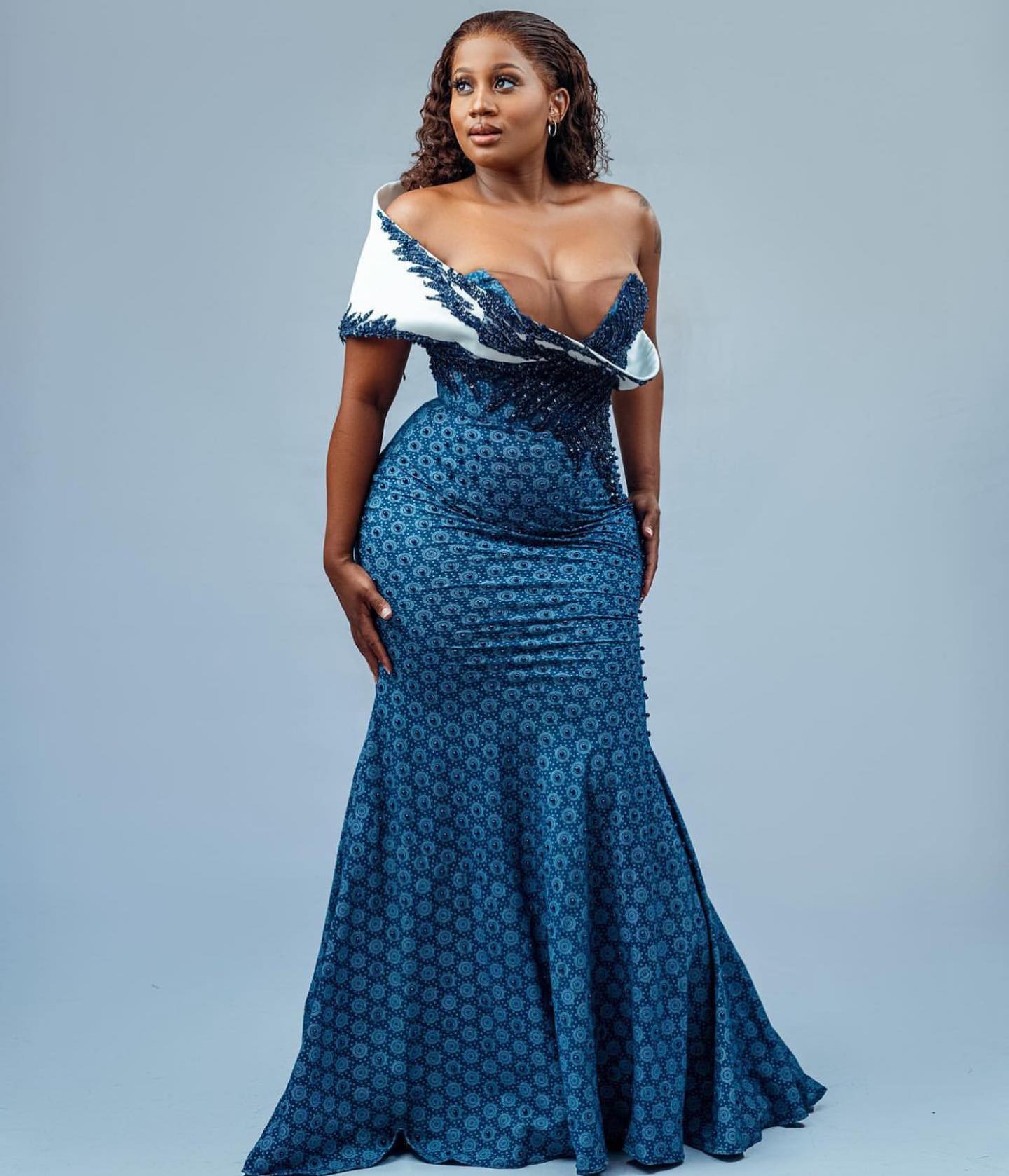
Comments are closed.